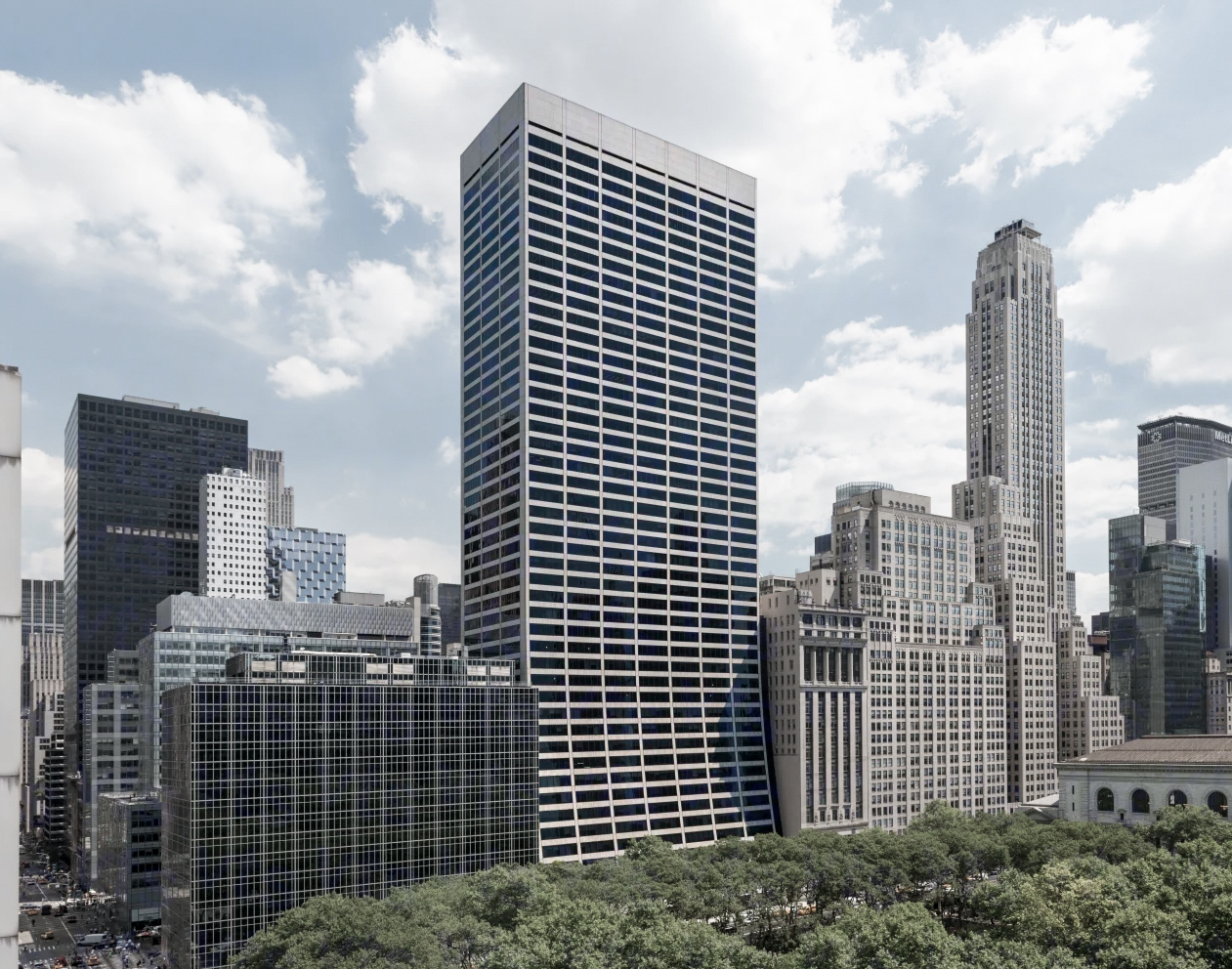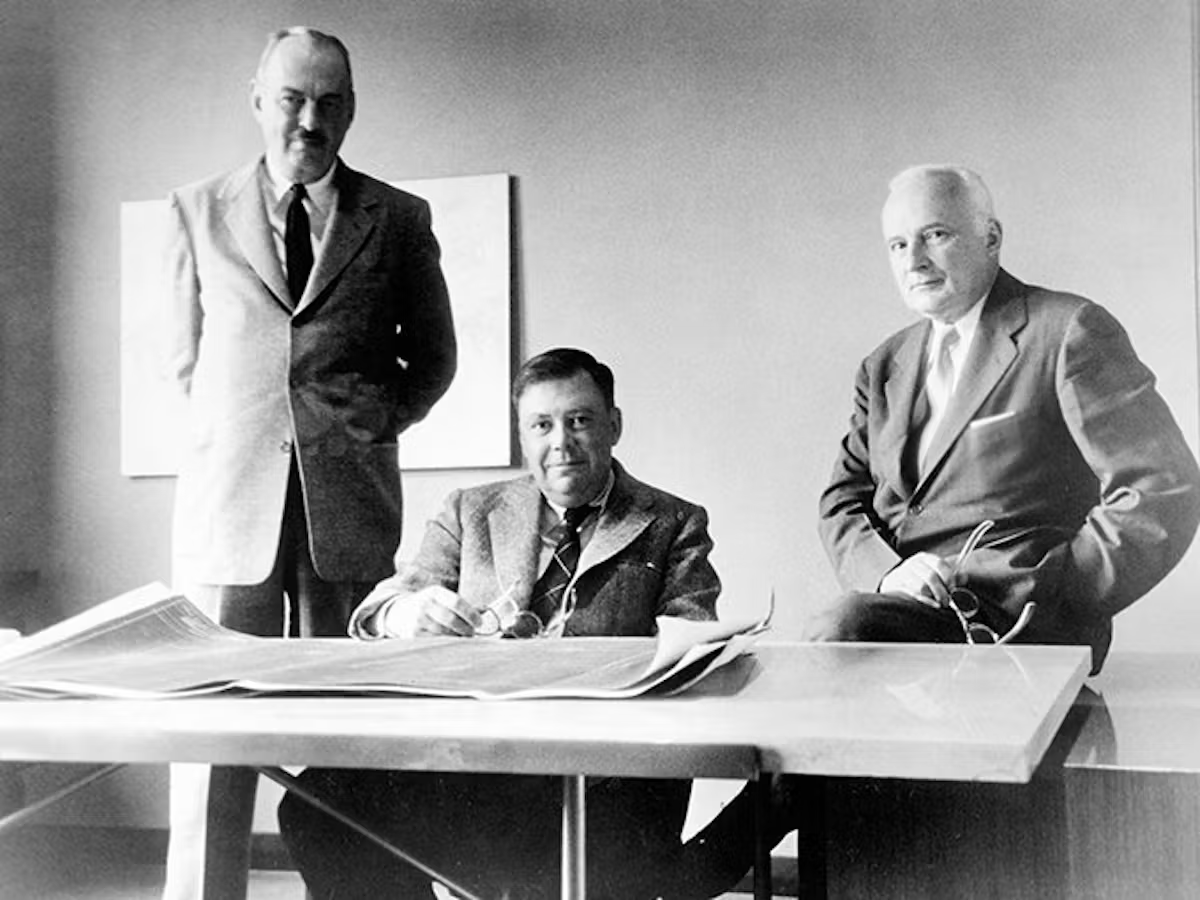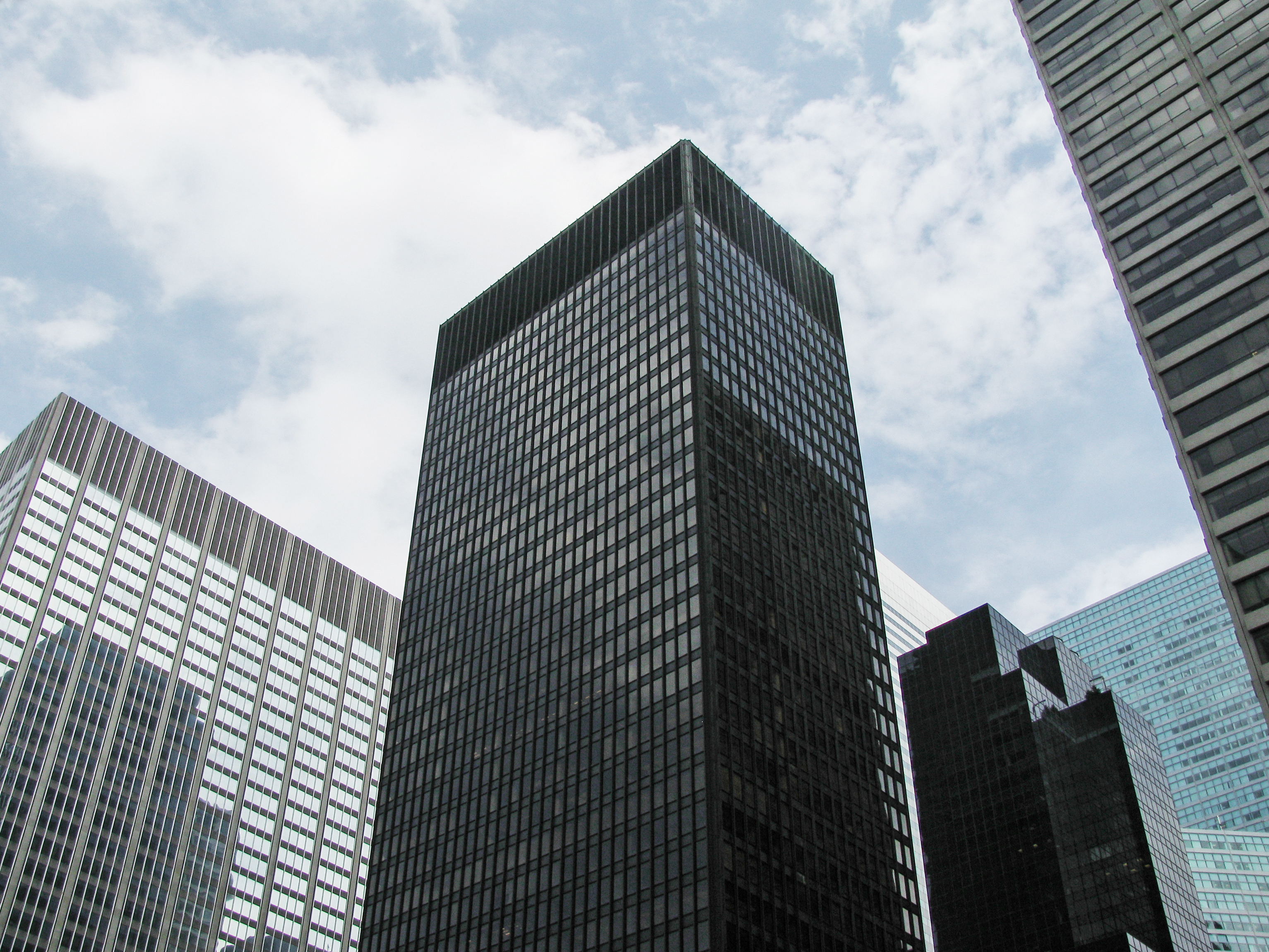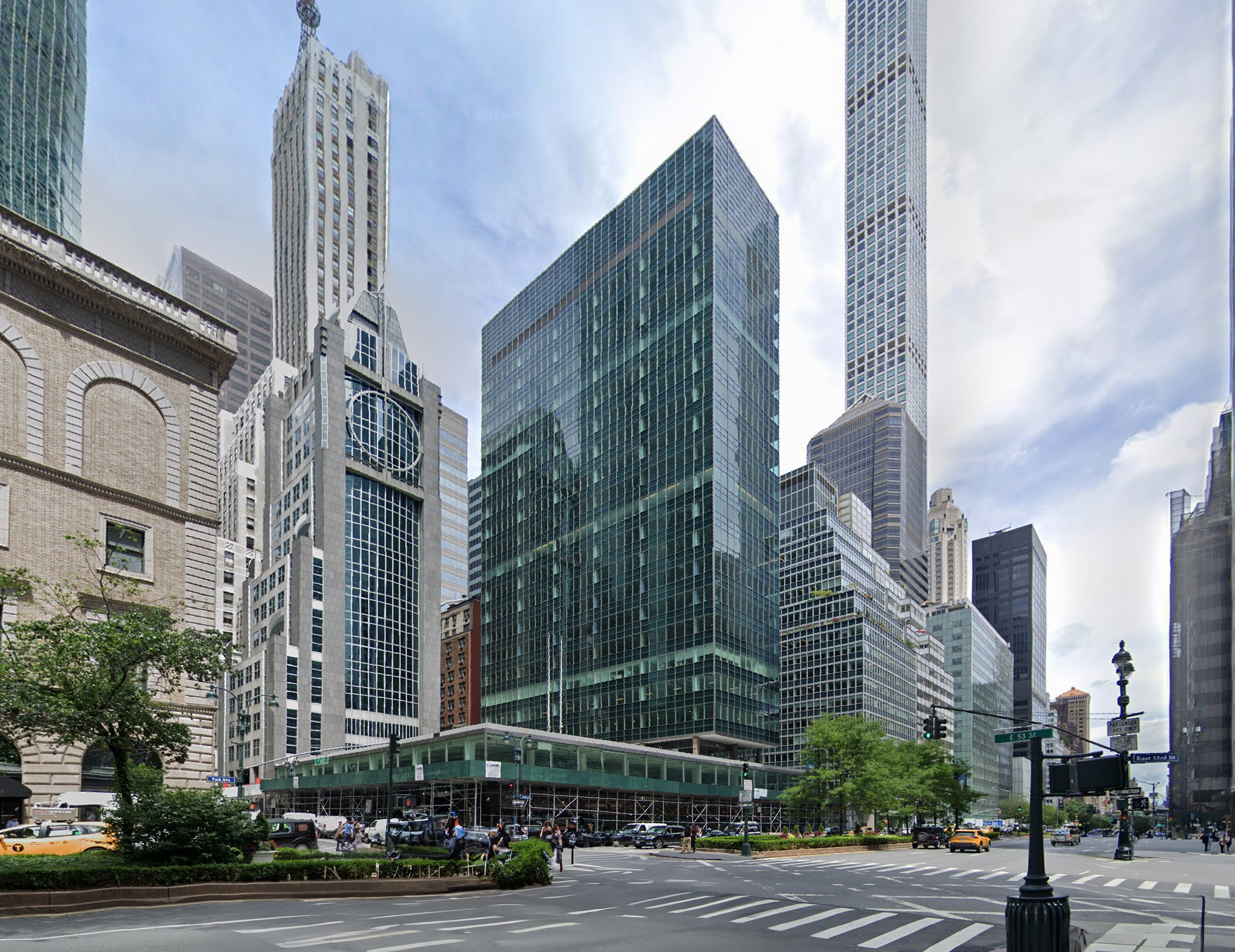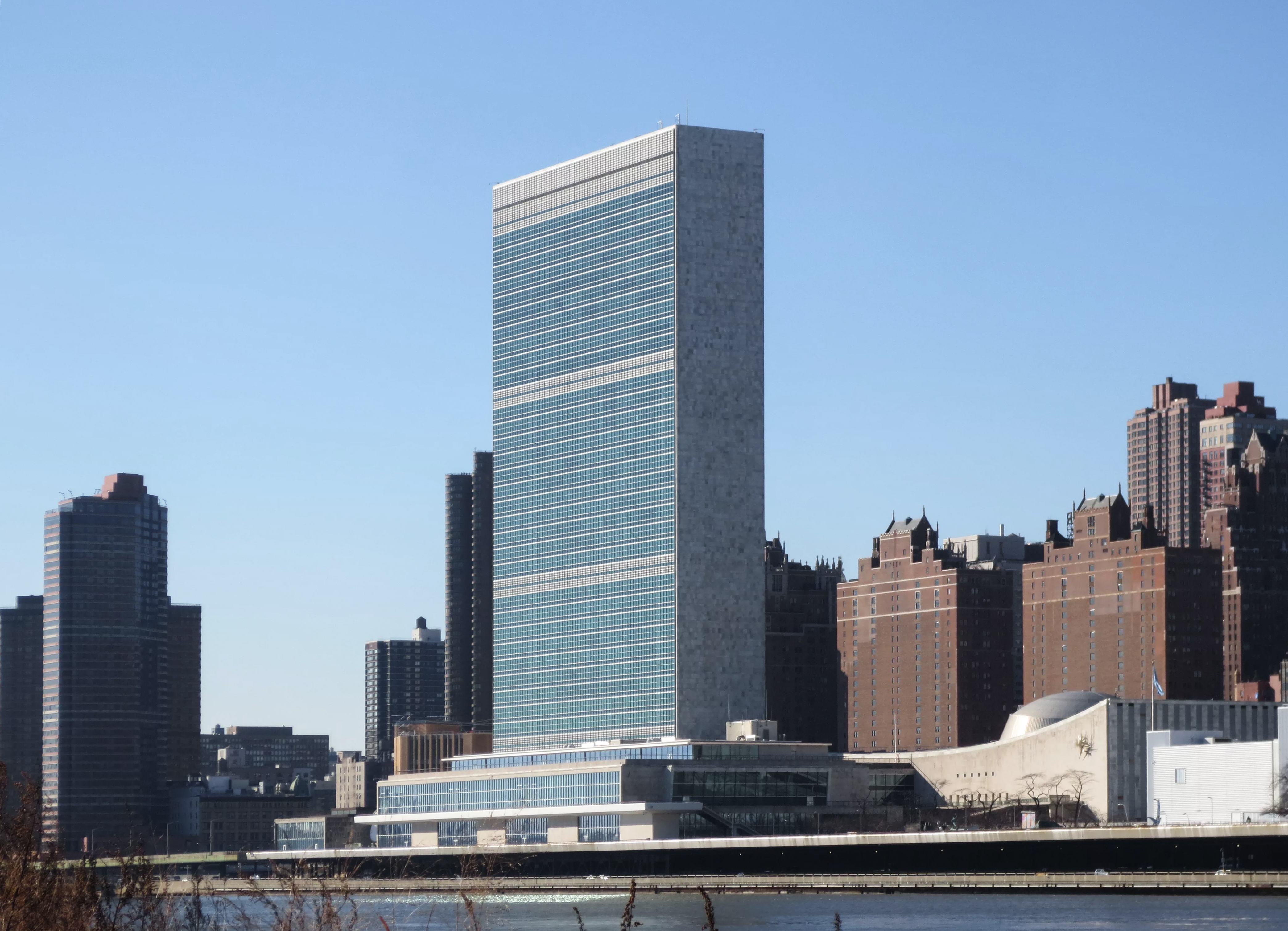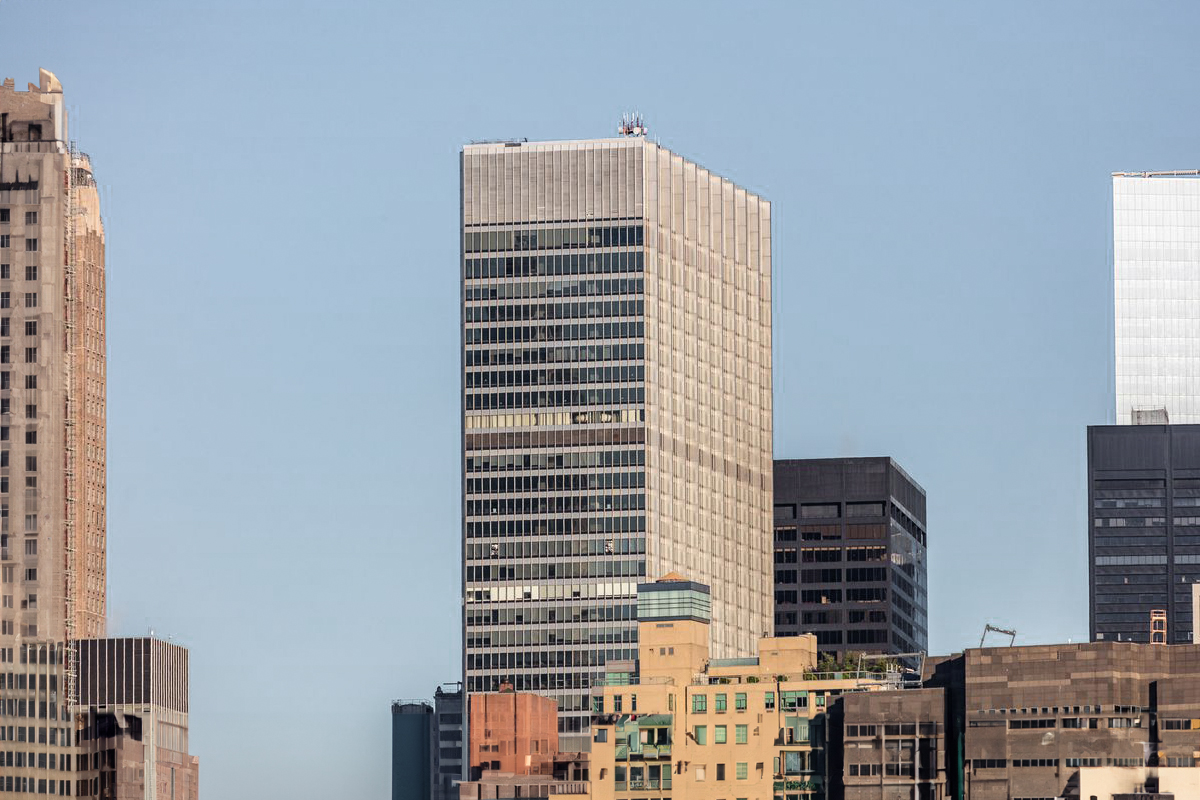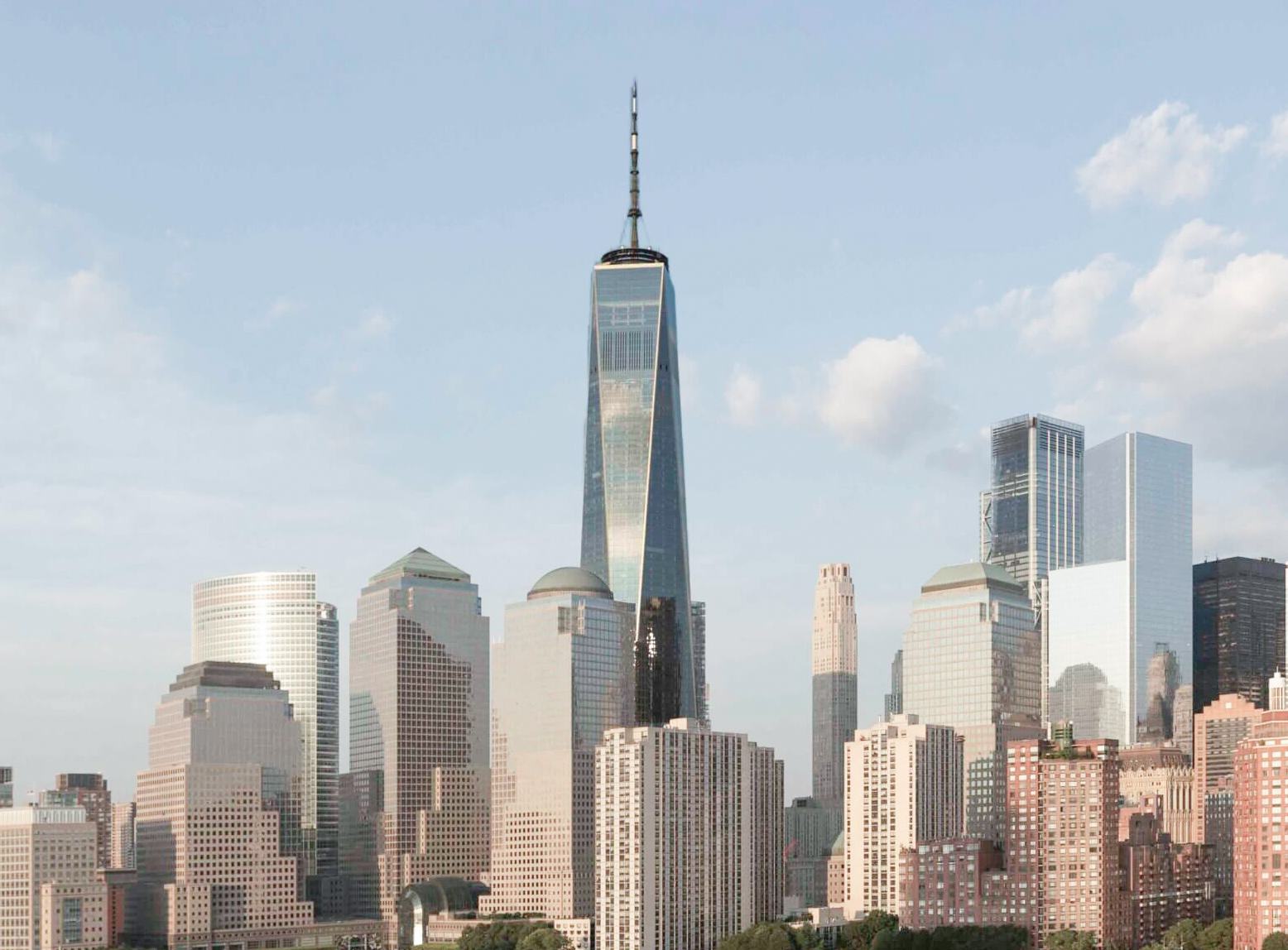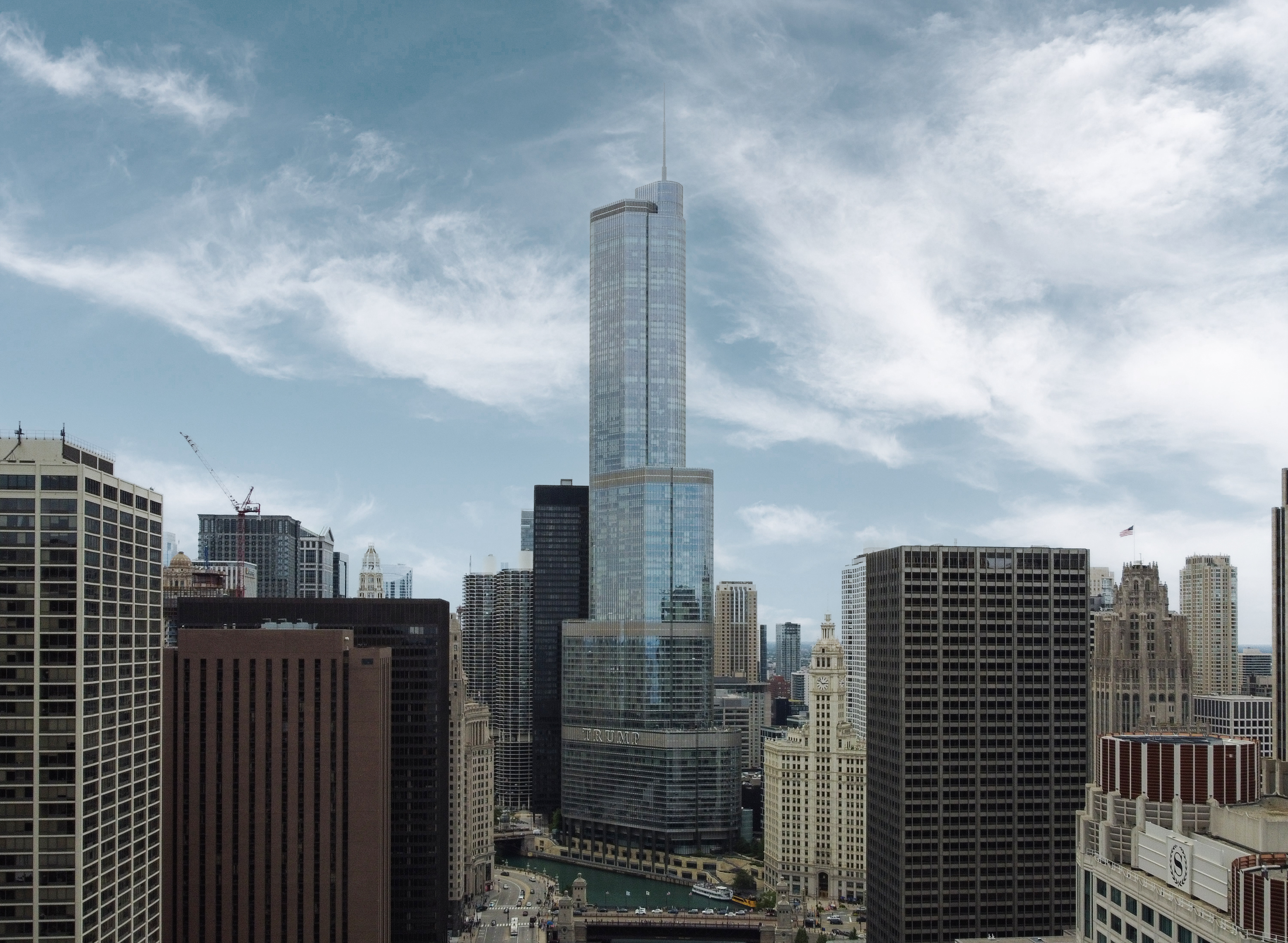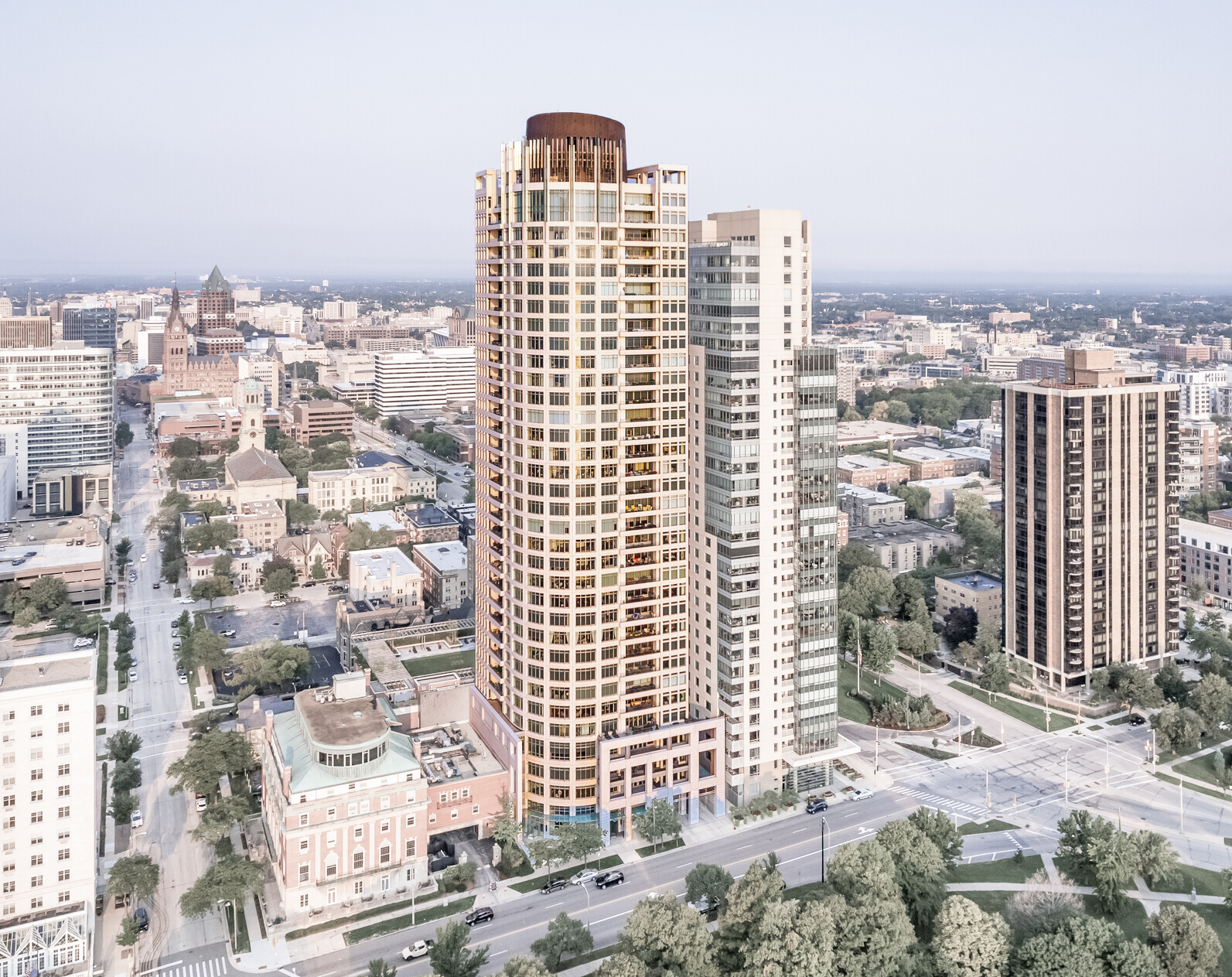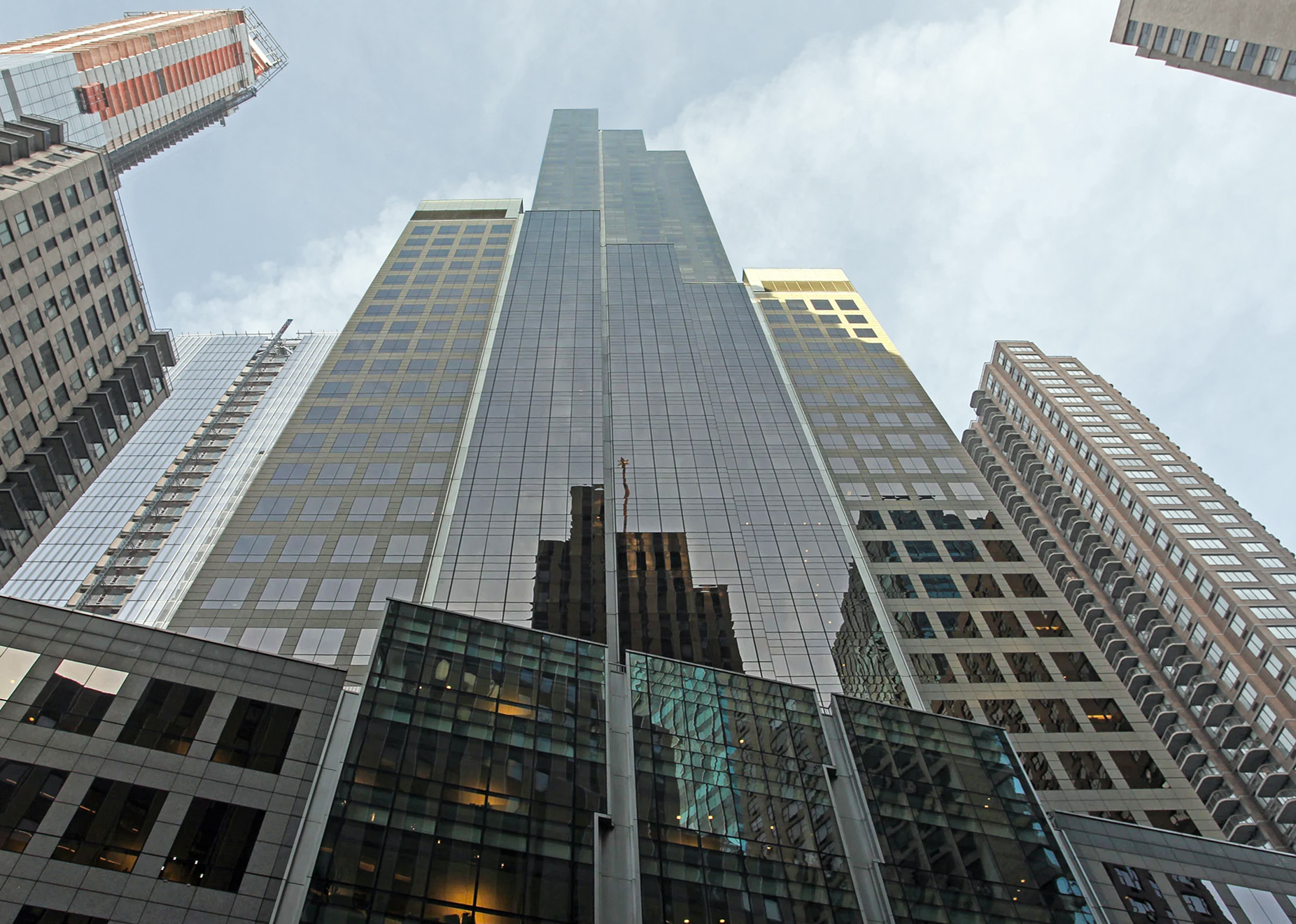The W. R. Grace Building is an International Style skyscraper designed by Skidmore, Owings & Merrill, with Gordon Bunshaft as lead architect, and built between 1970 and 1974 in New York, NY.
W. R. Grace Building is not the only name you might know this building by though. It is common for companies to want to attach their names to iconic buildings when they move in, or for the general public to come up with nicknames, and this one is no exception. The W. R. Grace Building is also known, or has been known as, Grace Plaza, or Monsanto Building.
Its precise street address is 1114 6th Avenue, New York, NY. You can also find it on the map here.
The building underwent a major restoration between 2005 and 2007. The architect commissioned to undertake this restoration was Gilsanz Murray Steficek.
